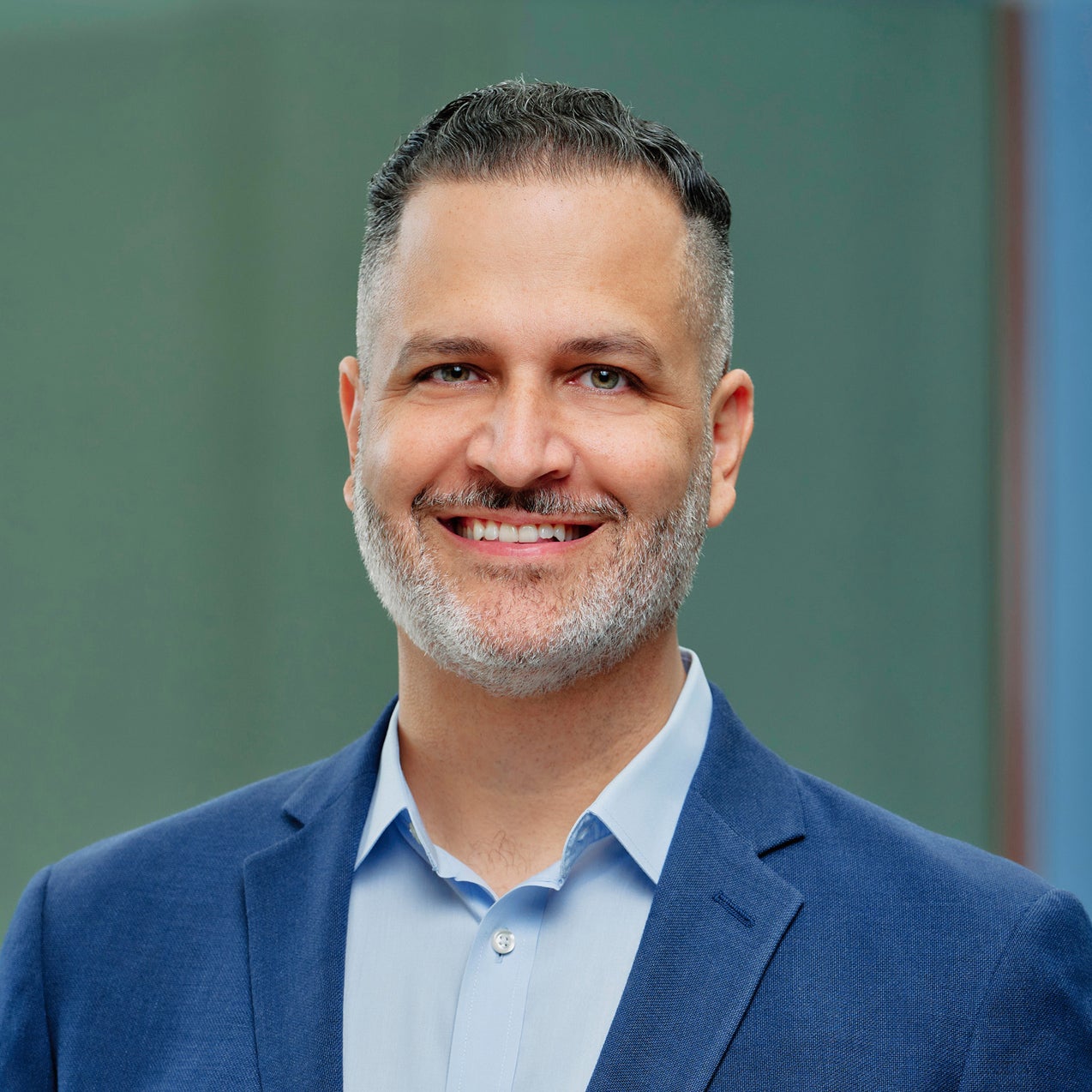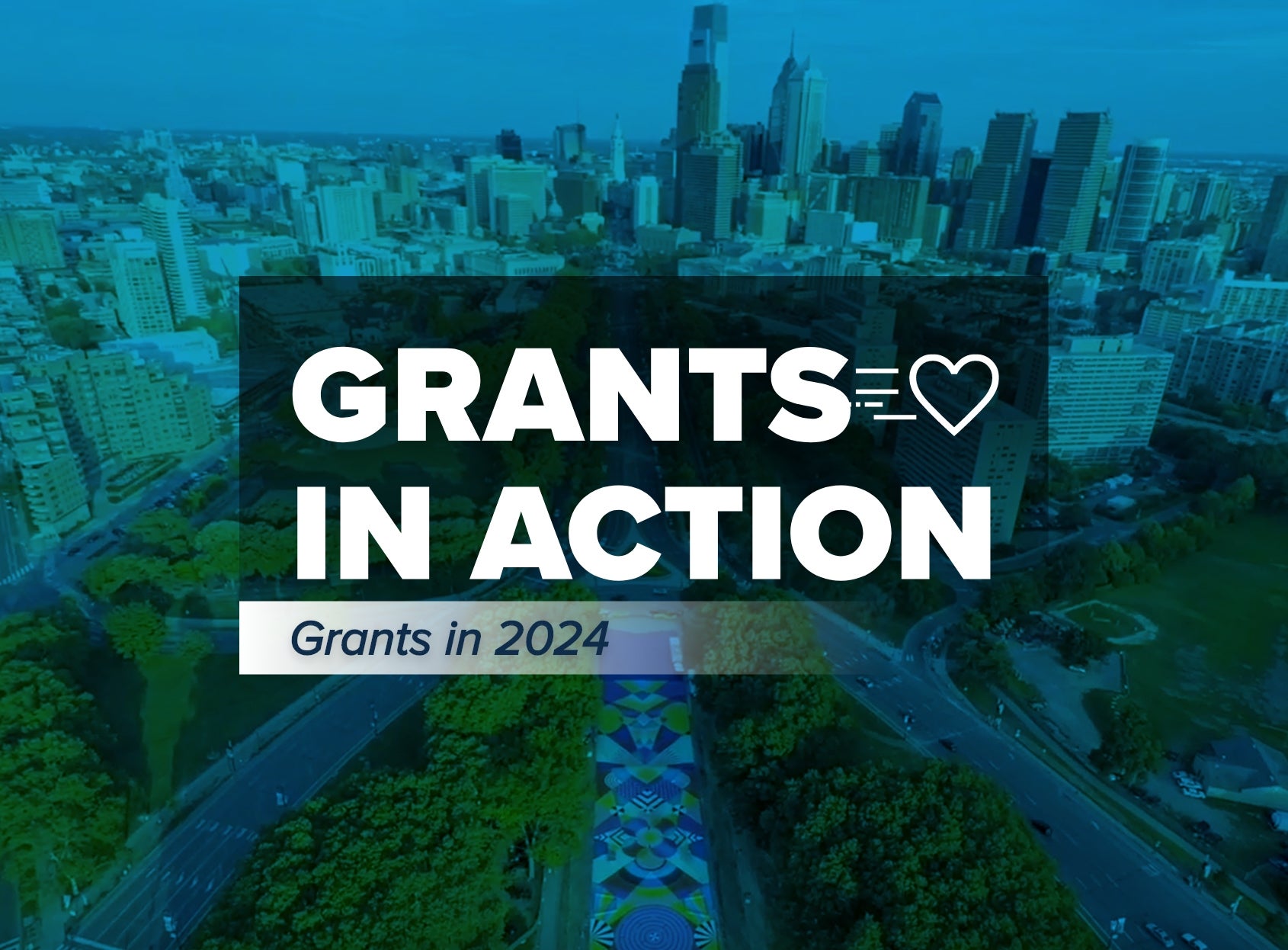Why Proper Planning is Essential for Making Transformative Gifts

What makes a gift transformative? For a small local nonprofit organization, a $10,000 grant could be a catalyst to improve or expand their services. For a larger organization, a multi-million-dollar grant could, for example, kickstart generational investment in an historically disinvested community.
In recent years, transformative gifts have been oft sighted in headlines. While studies are underway to understand the extent of transformative giving’s impact on nonprofits, feedback from nonprofits themselves is positive. Despite donor concern, nonprofit organizations have repeatedly proven their ability to strategically plan for growth after absorbing significant funds.
The decision to make a transformative gift should come with considerable care. Despite the best intentions, making a transformative gift can pose initial challenges for the recipient nonprofit organization if appropriate planning hasn’t occurred beforehand. Below are some questions donors can explore to start the planning process.
If a donor is considering a transformative gift, there are several important points for them to consider first, such as philanthropic priorities and nonprofit structure:
Why am I making this gift?
What do I hope to achieve with this gift?
Do I have a relationship with this nonprofit, or will this be a first-time donation?
How will I remain engaged with this organization after I’ve made my gift?
These questions bring a vital part of the transformative gift process into the conversation—the relationship. Developing a relationship with the nonprofit organization is crucial if a donor wants to establish that this gift is an act of philanthropy, not charity.
As a donor, it’s unwise to assume too much about the nonprofit you want to support. Building on your existing relationship with the nonprofit—or beginning a new relationship—is key to seeing a transformative gift through to a successful conclusion where both donor and nonprofit are gratified.
Considerations made before, during and after communicating with a nonprofit about a transformative gift will lead to a more successful outcome for all:
Does this gift align with the nonprofit’s current plans for growth and development?
Do I know if the nonprofit has the capacity to process a gift of this size?
Would they prefer my gift to be unrestricted?
Do I know if the nonprofit prefers a multi-year grant that would see my gift delivered via smaller consistent donations over the course of a specific period of time?
It is helpful to consider that a nonprofit’s needs and goals may shift over time. With this in mind, unrestricted giving can offer nonprofits the flexibility to employ their expertise and pivot to fulfill needs as they see fit.
Many philanthropists consider transformative gifts as part of their lasting legacy. Planning a bequest requires a different set of considerations:
Do I hope that this gift will be part of my personal legacy or of my family’s legacy?
Does the nonprofit have the structure or a planned giving team that can help?
What is the most efficient way to fund this through my estate planning?
It’s possible that a donor may wish to establish (or build upon) a philanthropic legacy through a transformative gift. Large organizations may have teams in place to assist with transformative gifts. However, smaller, more localized nonprofit organizations may not have this kind of support in place. Therefore, clearly communicating before making a transformative gift as a part of your legacy is essential.
Funding a transformative gift through a legacy or planned gift can take many forms. Donors may consider funding an existing donor-advised fund (DAF) account, or establishing a new account upon death, and taking advantage of DAF’s flexibility around legacy giving. DAF sponsors provide options including one-time grants, multi-year grants and endowed giving.
A transformative gift can be metamorphic for the recipient and the donor, but none of that can be attained without suitable planning and effective communication. We encourage you to document and share your goals with those most important to you. Having this plan in place helps you stay on target for your charitable giving goals now and in the future.
For a downloadable guide to building your philanthropic legacy, visit Defining Your Philanthropic Legacy.
NPT is not affiliated with any of the organizations described herein, and the inclusion of any organization in this material should not be considered an endorsement by NPT of such organization, or its services or products.
NPT does not provide legal or tax advice. This blog post is for informational purposes only and is not intended to be, and shall not be relied upon as, legal or tax advice. The applicability of information contained here may vary depending on individual circumstances.


